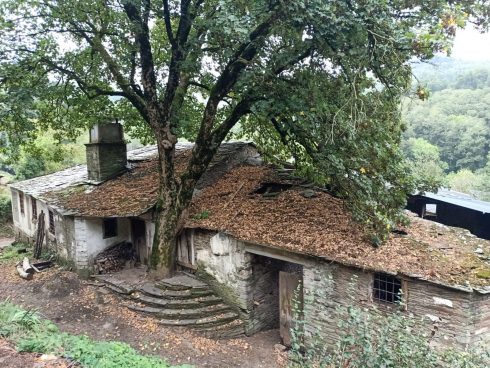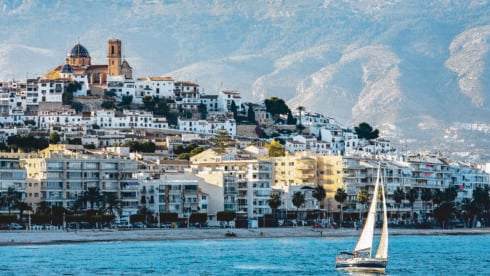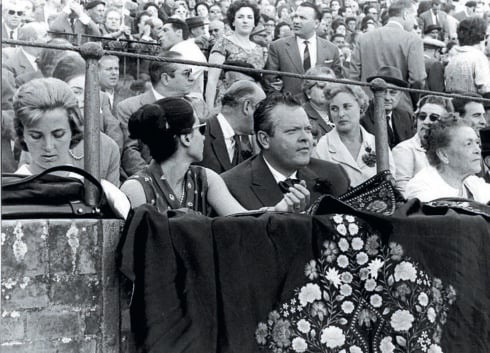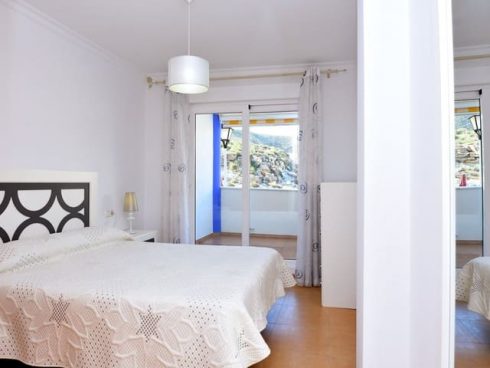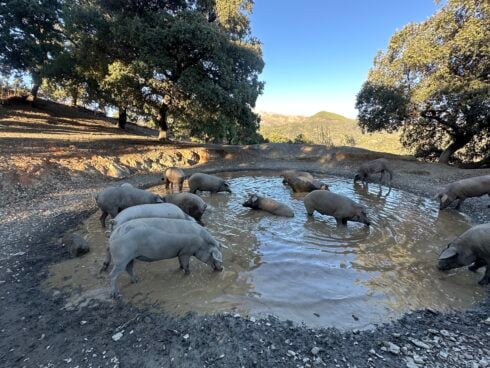Demand for rural properties continues to grow as people dream of swapping a home in the city for a fixer-upper with nice views and space to keep chickens in the Spanish countyside.
“I WALK my dog through olive fields in the morning and pick my own fruit and vegetables to eat in the evenings. I can work less because I live more cheaply, and I do it with this view,” says Julia, a German friend, looking out over mountains in Cordoba. She has a remote job in customer services for a sports company, but her main focus ‘is having a healthy, simple life, being close to nature, and living the dream’.

If anyone is going to embrace the rural dream, it’s going to be now in early summer, when the fields are still green, dotted with margaritas and poppies, and the skies are full of swifts and swallows.
The sale of rural properties is booming in Spain. Farm sales rose by 30% last year, and demand for countryside homes outstrips supply.
The pandemic made people think about how they’d like bigger houses and some outdoor space. It made remote working normal and living anywhere possible. And plenty of people who’d had a break from work decided not to go back but to take early retirement and follow their dreams. For a lot of people, the dream is a small farm in Spain.
“People were looking in the countryside, but the pandemic accelerated the process,” says Adrian Llored of Busco Masia. The Barcelona-based agency specialises in the picturesque stonewalled farmhouses typical across Catalunya. “Most buyers are open-minded, a bit hippy, lets say. About 60% are from Spain and the rest from abroad, many from the Netherlands, Belgium, as well as the UK.”
Properties are being snapped up fastest in areas that enjoyed a tourism boom last year. Sales of rural homes in the northwest province of Guipuzcoa (bordering France), in Badajoz (in Extremadura, bordering Portugal), and in Ourense in the south of Galicia, have all shot up by over 60%.

Ourense has the advantage of being both beautiful and affordable. According to analysts at property platform Idealista, last year three-hectare farm properties went for an average of €19,125 (around €6000/ha), making the land some of the cheapest in Spain.
People want farms but they don’t want to be farmers. “They want the countryside lifestyle,” says Llored, “a house of around 300m2 and two to three hectares.” It’s hard to make a commercial success of a small farm, he says, but a few intend to do something useful with the land: “One woman was looking to grow medicinal plants,” he says, “and there are others who want to keep horses”.
Rural land in Lugo, Asturias, and Castellon (Valencia) was cheaper still, says Idealista, and in the Aragon province of Teruel, where it averaged just €3,000/ha, there was a 50% jump in sales.
People are prepared to venture further afield for a bargain, but price isn’t always the top factor when it comes to dreams – buyers are also flocking to the Baleares, Malaga, Barcelona and Cadiz where rural land prices are on average the highest in the country.
Vast empty estates are plentiful. Finding a piece of land that’s a manageable size, with a habitable house, correct paperwork, good access, which also matches the dream vision, and then negotiating a deal, is trickier – especially for foreign buyers. That’s where agents and brokers come in. They’ve all been busy: the number of property transactions by foreigners jumped by over 40% last year, totalling a fifth of all sales.
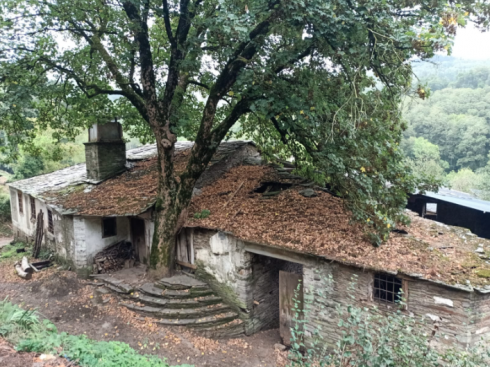
Old farmhouses may need intensive modernisation, while long-abandoned farms often come with a ruin or just a nave (shed). Building a house might seem the easiest option, but laws governing use of suelo rustico are generally geared towards preventing that happening.
“The biggest misconception international buyers have is they think they can build whatever they want,” says Anita Schmidt from Villas & Fincas. “Even though the law is opening up a bit in Andalucia, the building of private dwellings is still very restricted.”
Luckily, the agency’s mainly American and northern European clients tend to have the budgets that allow them to choose a ready-made dream home. Rural is on trend in the luxury sector, too: “More clients are looking for larger plots and houses, more inland, to be independent and self-sufficient. There is more demand than supply.”
Inland Andalucia, where half the clients are British, is also seeing an increase in people wanting to be out in the countryside after lockdown. Many of them are looking for land for rural businesses.
“Our clients are typically mid-40’s and upwards,” says Lee Govier, “plus the occasional younger client who wants the good life living off the land”. As well as handling logistics, the agency is careful to discover the ‘client’s expectations, correct any misconceptions, ensuring they are fully prepared for living in Spain’.
The rural dream can be challenging, especially when it involves a fixer-upper. Properties available through Galician Country Homes range from multi-million euro chalets to a watermill in need of restoration in Lugo for €25,000.
For those with energy and time to invest, getting a bargain and creating a home is part of the appeal. Luckily, the agency has an army of local specialists on hand to stop it becoming a nightmare.

Unlike in many regions of Spain, ‘around 60% of the rural properties we handle are small, around half a hectare’, says founder Mark Adkinson.
The combination of affordable fixer-uppers, green countryside, internet connectivity and manageably-sized pieces of land, is proving a hit – they’re selling 18-20 rural properties a month and getting 50 enquiries a day.
The boom started after the first wave of Covid: “People stuck in flats in Madrid and Barcelona were calling us, desperate to escape,” says Adkinson.
“We had 26 people put deposits down on the basis of video viewings.” Now buyers are pouring in from as far afield as Australia and Abu Dhabi, with lots from Ireland – a place that’s similar in looks, just colder.
“So far, the oldest client has been 80, the youngest, 18. We get lots with children who want to get away to somewhere natural without violence and theft, and with fewer drugs. They’re not looking to farm, though most want enough land to grow fruit and vegetables and be reasonably independent.”
For many, that means starting a tourism business, ‘but we’ve also had buyers wanting to set up breweries and grow medicinal cannabis. We get all sorts’.

Focused mainly on Galicia and the north of Spain, Aldeas Abandonadas has caught people’s imagination around the world. Specialising in deserted hamlets (aldeas), usually with four or five buildings to reconstruct, the agency, like Galician Country Homes, is able to mobilise a team of specialists, and handle the hardcore paperwork that purchasing clusters of properties, abandoned long ago by multiple owners, entails.
As well as retirees looking to invest upwards of €500,000 for top-end projects, they attract ‘buyers who can run their existing businesses from a rural location, such as architects, and people with children who want to start a rural business or farm’, says manager Elvira Fafian. People don’t need a massive budget: aldeas with heaps of potential are available from as low as €50,000. “There are many, aged 35 and above, who have been prompted by the cost of city properties and the economy to change their lives.
“During the pandemic, people took the chance to explore a rural world which had become almost unknown to them. In our parents’ times, these places weren’t appreciated,” says Fafian. There was an exodus to find work in the cities, and abroad.
“It’s as if we all had to leave to make lives for ourselves. Now we are all coming home again, returning to the simpler times of the past, and the lives we remember as children.”
“But Spain has changed, and now these aldeas are recognised as jewels. Many people with Spanish ancestry from Mexico, Argentina, North America and Germany are returning to their roots, wanting to buy property in the regions where they or their parents were born.
“It’s as if we all had to leave to make lives for ourselves. Now we are all coming home again, returning to the simpler times of the past, and the lives we remember as children.”
A selection of what’s on offer:
Inland Andalucia: Luxury cortijo, near Ronda, in use as a boutique hotel. €1.49 MILLION
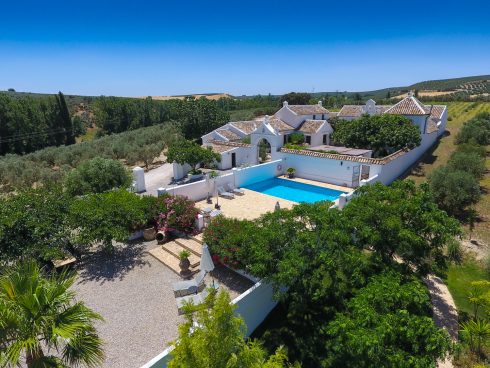
Galicia, northwestern Spain: Large traditional property to restore in Lugo. €35,500
Catalunya: 4-bedroomed farmhouse near Montserrat, up a forest track. €426,000, Busco Masia
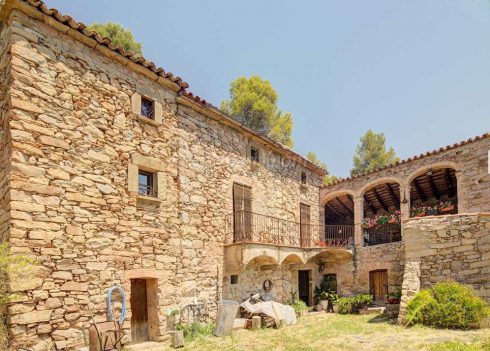
READ MORE:
- Property: Entire abandoned village with Romanesque church for sale in rural Spain
- ANALYSIS: How the pandemic practice of working from home is driving up property prices in rural Spain
- How to invest in a dream, not a nightmare: The Olive Press guide to buying in Spain’s campo
Click here to read more Property News from The Olive Press.


